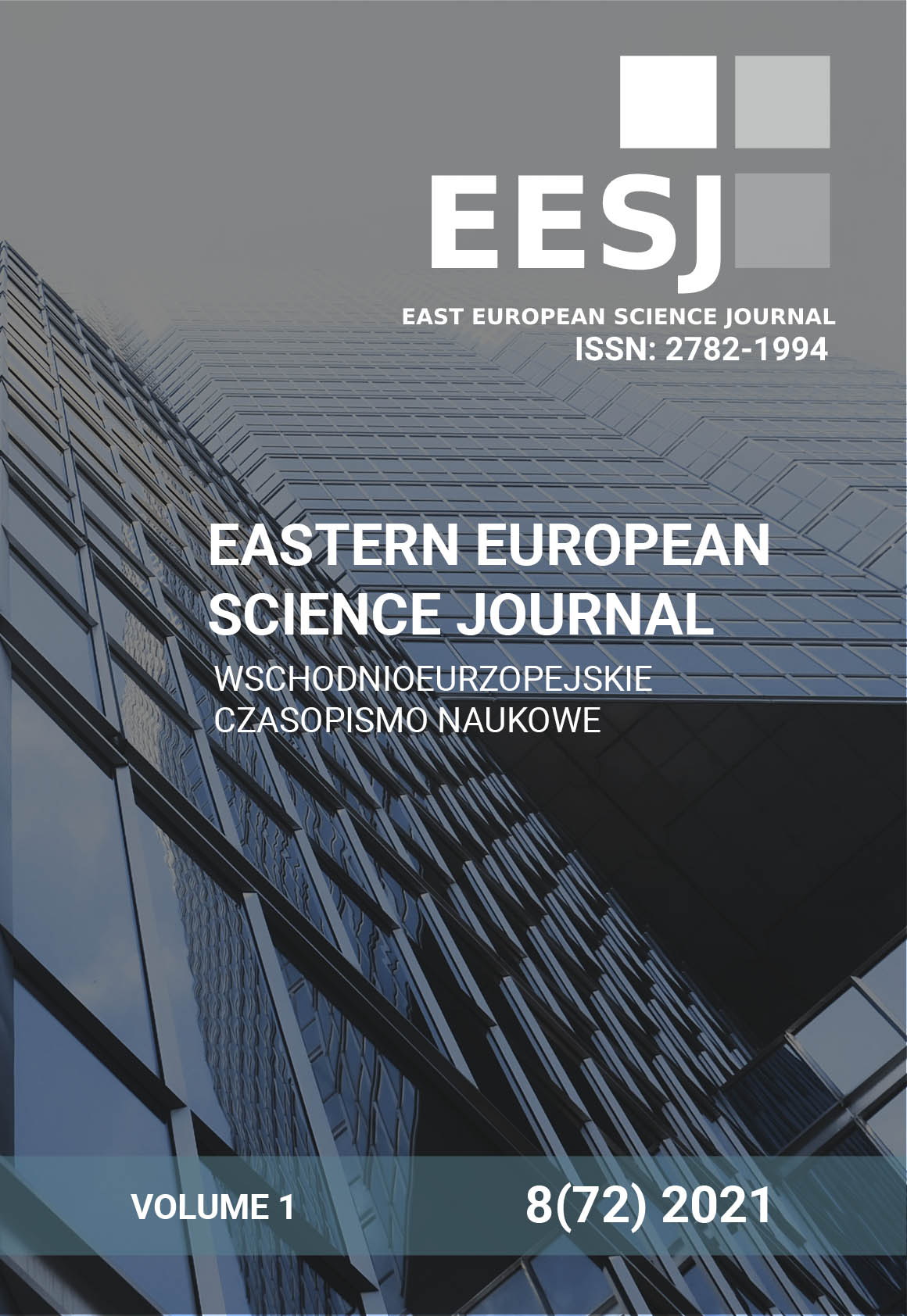QUANTITATIVE TEXTUAL ANALYSIS OF DYSTOPIAN FILMS
Keywords:
Dystopia, film, “bag-of-words”, quantitative textual analysis, societal anxiety, collective nightmareAbstract
The paper presents a quantitative textual analysis of films of Dystopian genre. Paper uses “bag-ofwords” method of data science to modeling and representing texts of Dystopian films situating the results in different historical periods of Dystopia. Author takes Dystopia as sociological concept that reflects the societal anxieties and collective nightmare of mankind and employs it as a common anchor for all quantitative and qualitative interpretations of the data. Paper ends with raising concerns about the recent boom of Dystopian films and connects it with our current political and social situations where societal anxieties and collective nightmare is ever more prominent than before.
References
List of dystopian films / Wikipedia. URL: https://www.wikipedia.org.
subtitles / Subcene. URL: https://subscene.com.
Barton R. Dystopia and Promethean Nightmare. The Age of Dystopia: One Genre, Our Fears and Our Future. Cambridge Scholars. 2016; 5-18.
Mathias N. The Anti-Anti-Oedipus: Representing Post-Fordist Subjectivity. Mediations: Journal of the Marxist Literary Group. Chicago. 2008; (23) #2. 27-70.
Rosenfeld A. S. Character and Dystopia: The Last Man. New York and London: Routledge; 2021.
Downloads
Published
Issue
Section
License

This work is licensed under a Creative Commons Attribution-NoDerivatives 4.0 International License.
CC BY-ND
A work licensed in this way allows the following:
1. The freedom to use and perform the work: The licensee must be allowed to make any use, private or public, of the work.
2. The freedom to study the work and apply the information: The licensee must be allowed to examine the work and to use the knowledge gained from the work in any way. The license may not, for example, restrict "reverse engineering."
2. The freedom to redistribute copies: Copies may be sold, swapped or given away for free, in the same form as the original.




